The Drive and its partners may earn a commission if you purchase a product through one of our links. Read more.
To identify the best TPMS tools available, we searched online for products at different price points and various features, and compared them with user reviews. We also looked at each device's compatibility with different TPMS sensors, gauged how compatible each was with modern vehicles, and chose those that offered the most versatility.
Finally, we considered how extensive any given TPMS tool’s features and ability to read different codes was, opting to highlight those that could diagnose more problems for added convenience. To learn more about how we select and rate products, check this out.
Autel MaxiTPMS New Generation Diagnostic & Service Tool
SEE IT
Autel is a reputable brand that's very popular for its automotive diagnostic tools. The MaxiTPMS TS508, one of the products in the series, is a tool that does more than just monitor air pressure. It can scan, relearn, program, and display sensor information. It comes with a color screen that shows you the different values.
This TPMS tool activates recognized OEM and universal TPMS sensors.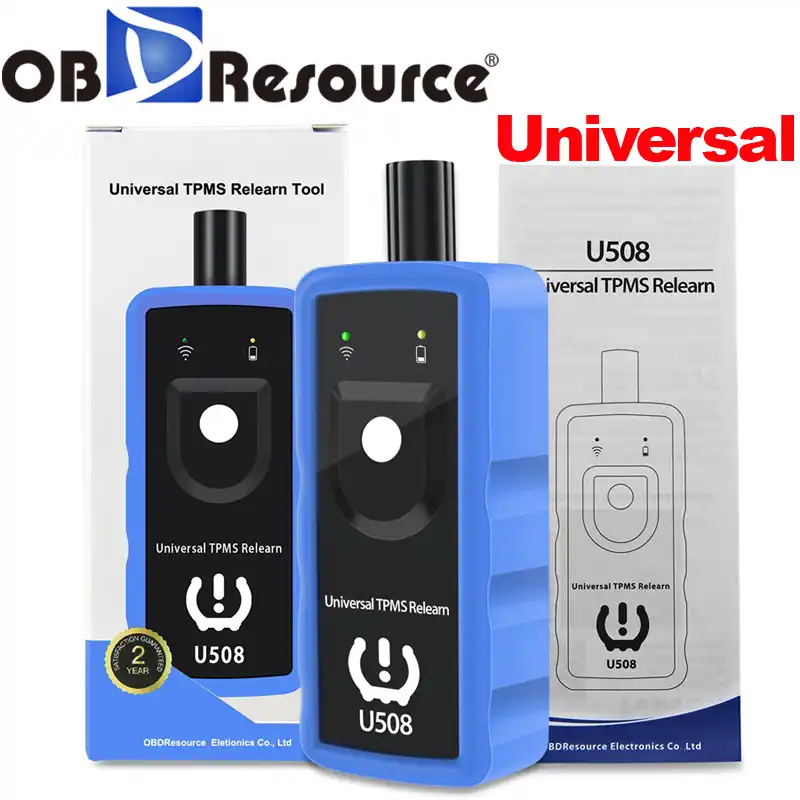 It also offers direct access to your vehicle’s engine control unit (ECU), so you can use it to clear diagnostic trouble codes and to reprogram sensor IDs. You can also utilize its quick mode to quickly access data. Making for the most complete, high-tier package, it comes with 8 Autel MX-Sensors.
The TPMS relearn feature grants you access to the vehicle’s engine control unit for quick diagnostics. The Sensor Check feature allows you to check TPMS data like the tire pressure and temperature, sensor IDs, and battery. However, this is a professional TPMS tool, and some of the functions can only be utilized by technicians who are well-versed in various professional, technical procedures. On the downside, this gadget only works with Autel sensors.
It also offers direct access to your vehicle’s engine control unit (ECU), so you can use it to clear diagnostic trouble codes and to reprogram sensor IDs. You can also utilize its quick mode to quickly access data. Making for the most complete, high-tier package, it comes with 8 Autel MX-Sensors.
The TPMS relearn feature grants you access to the vehicle’s engine control unit for quick diagnostics. The Sensor Check feature allows you to check TPMS data like the tire pressure and temperature, sensor IDs, and battery. However, this is a professional TPMS tool, and some of the functions can only be utilized by technicians who are well-versed in various professional, technical procedures. On the downside, this gadget only works with Autel sensors.
Autel MaxiTPMS TS401 TPMS System
SEE IT
If you’re looking for a TPMS tool that comes with free updates, this is it, as Autel provides free updates for life.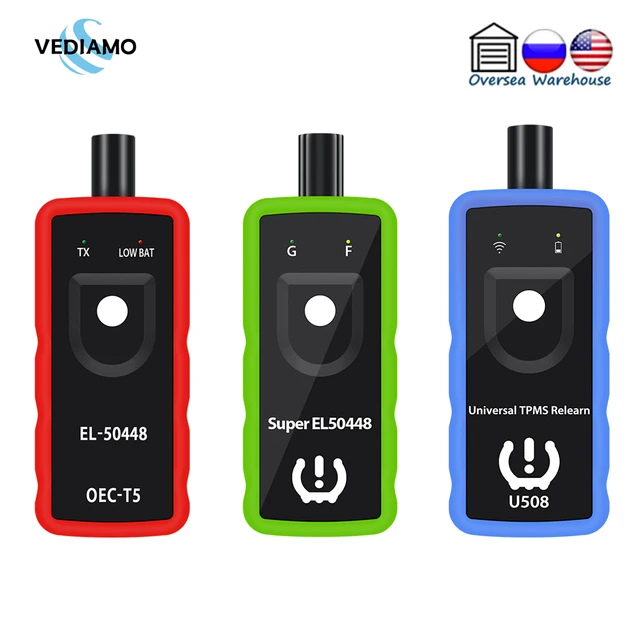 The company also says the device is compatible with 98 percent of cars. However, Autel TPMS tools typically work most effectively with Autel sensors, and not all cars have Autel sensors mounted up.
This scan tool checks the TPMS sensor ID and stores the information for future reference. It activates many forms of magnetically-triggered and tire deflation-triggered sensors that are found in tire pressure monitoring systems. It also has the ability to test your key fob to determine the right frequency. The screen displays various metrics, including the make of a car.
One of the best things about this tool is that it stores the details of previous settings. If you buy it, you get a 12-month warranty and full support. However, it may not work with non-Autel sensors. It also may not display all the sensor information, such as the battery level.
The company also says the device is compatible with 98 percent of cars. However, Autel TPMS tools typically work most effectively with Autel sensors, and not all cars have Autel sensors mounted up.
This scan tool checks the TPMS sensor ID and stores the information for future reference. It activates many forms of magnetically-triggered and tire deflation-triggered sensors that are found in tire pressure monitoring systems. It also has the ability to test your key fob to determine the right frequency. The screen displays various metrics, including the make of a car.
One of the best things about this tool is that it stores the details of previous settings. If you buy it, you get a 12-month warranty and full support. However, it may not work with non-Autel sensors. It also may not display all the sensor information, such as the battery level.
JDIAG 2IN1 TPMS Relearn Tool
SEE IT
If you’re looking for one of the most affordable relearning tools on the market, the JDIAG 2IN1 TPMS Relearn Tool fits the bill.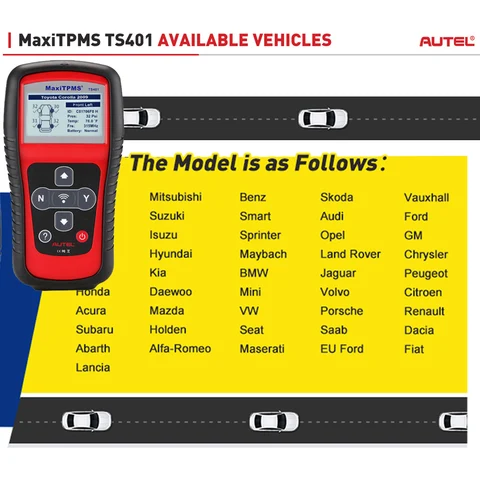 It’s a basic tool that can detect and relearn (find) the location of sensors in case of a tire change or sensor replacement. This simple device will save you trips to the tire shop and possibly pay for itself rather quickly.
To switch on the tool, press the white circular button at the front. Nine-volt batteries ensure it performs reliably and is easy to recharge. This TPMS tool works with both OEM and aftermarket tire pressure sensors, and you’ll also appreciate the illustrated instructions it comes with.
This is a generally reliable relearning tool, however, it has a few drawbacks. It only works with GM and Ford car—the “G” stands for GM cars, while the “F” represents Ford cars. It also might also fail to reset malfunction indicator lights, and users report that its written instructions are incomplete.
It’s a basic tool that can detect and relearn (find) the location of sensors in case of a tire change or sensor replacement. This simple device will save you trips to the tire shop and possibly pay for itself rather quickly.
To switch on the tool, press the white circular button at the front. Nine-volt batteries ensure it performs reliably and is easy to recharge. This TPMS tool works with both OEM and aftermarket tire pressure sensors, and you’ll also appreciate the illustrated instructions it comes with.
This is a generally reliable relearning tool, however, it has a few drawbacks. It only works with GM and Ford car—the “G” stands for GM cars, while the “F” represents Ford cars. It also might also fail to reset malfunction indicator lights, and users report that its written instructions are incomplete.
Autel TS601 TPMS Relearn Tool
SEE IT
As we already noted, Autel is a leader in automotive diagnostics, detection, and analysis, and that's why we're featuring so many of its products on our list. The Autel TS601 TPMS Relearn Tool is a great option as long as it's compatible with your vehicle. You can ensure this by checking your vehicle's make, model, and VIN with the company. It supports up to 98 percent of American, European, and Asian vehicles with TPMS systems.
This device provides all the TPMS functions you need, including a reading code, clearing code, and even creating a live data stream. To program the sensor data into a new sensor, the device features four programming modes: auto create, manual create, copy by OBD, and copy by activation. It can also program the Autel MX-Sensor, which is Autel's own product that's comparable to anything made by OE parts companies. It reads, records and plays back TPMS live data, including tire pressure, signal status, temperature, battery status, etc. Users report that it's easy to use, and the tool and its case are of very good quality.
While the printed instructions are not in depth, there are videos online that can provide assistance.
The Autel TS601 TPMS Relearn Tool is a great option as long as it's compatible with your vehicle. You can ensure this by checking your vehicle's make, model, and VIN with the company. It supports up to 98 percent of American, European, and Asian vehicles with TPMS systems.
This device provides all the TPMS functions you need, including a reading code, clearing code, and even creating a live data stream. To program the sensor data into a new sensor, the device features four programming modes: auto create, manual create, copy by OBD, and copy by activation. It can also program the Autel MX-Sensor, which is Autel's own product that's comparable to anything made by OE parts companies. It reads, records and plays back TPMS live data, including tire pressure, signal status, temperature, battery status, etc. Users report that it's easy to use, and the tool and its case are of very good quality.
While the printed instructions are not in depth, there are videos online that can provide assistance.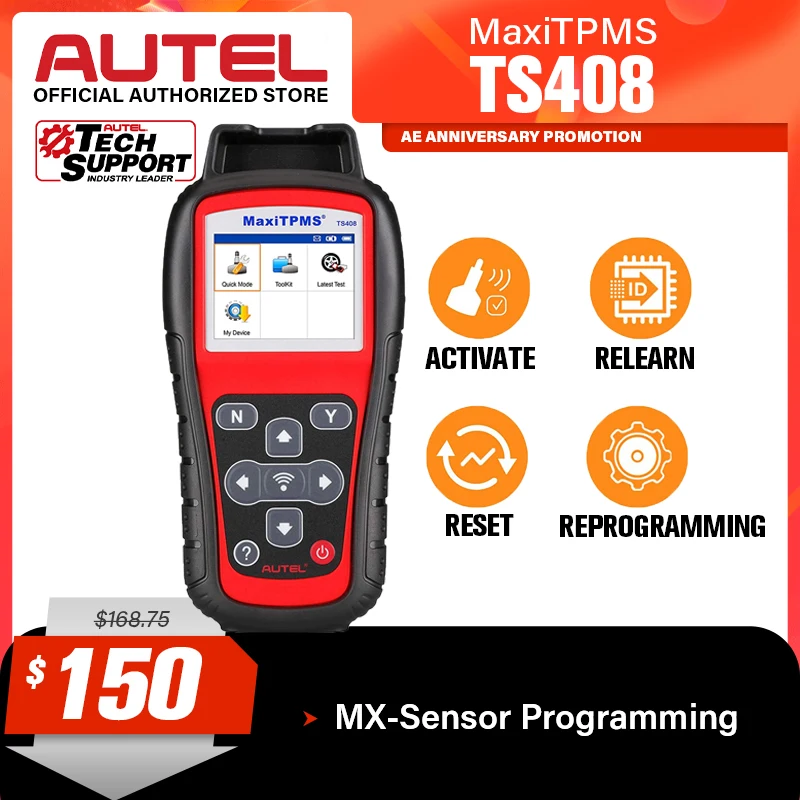 However, the menus can be a little confusing and it's a little pricey.
However, the menus can be a little confusing and it's a little pricey.
Autokcan TPMS Relearn Tool
SEE IT
The Autokcan TPMS Relearn Tool works with GM vehicles equipped with 315 or 433 MHZ Tire Pressure Monitor Systems. It's a handy tool to have when you replace tire pressure sensors, remove tire pressure alarms, or change tires. The device reprograms all tires in just three steps. It's easy to activate: Simply hold it against the tire's sidewall near the valve stem, and press the "learn" button until you hear a sound.
Users report that this tool is very easy to use as long as you follow the manufacturer's instructions. It's also backed by a 12-month warranty should you experience any issues. Overall, it's an inexpensive gadget that works in just minutes.
However, the device requires a 9-volt battery that must be purchased separately. Also, the signal may not be as strong as a more premium brand, and report that it can take slightly longer to figure out and successfully use.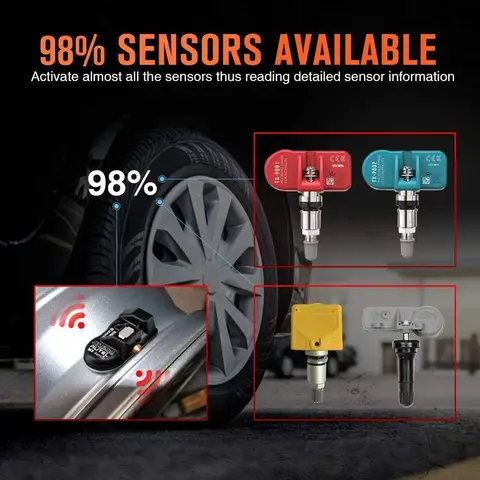
We chose the Autel MaxiTPMS New Generation Diagnostic & Service Tool as our top choice overall. This is because it recognizes sensors universally and seamlessly connects to your vehicle’s ECU. On the other hand, the hand-held Autel MaxiTPMS TS401 is our choice for best value because it works on 98 percent of today’s cars and trucks.
You've got questions. The Drive has answers.
This tool identifies the types of sensors in your tires and the information that the sensors contain. This information is necessary for the sensors to work correctly after you have performed maintenance such as a tire replacement or rotation.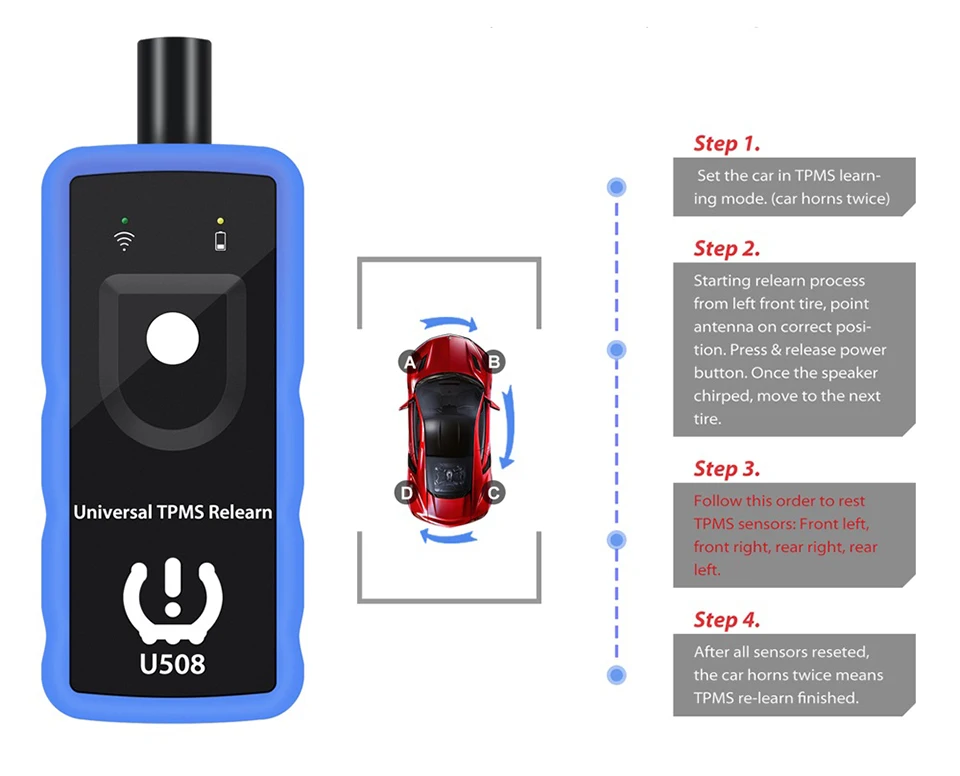 You use the tool to perform the proper relearn procedures to reset the system.
You use the tool to perform the proper relearn procedures to reset the system.
No, only newer cars and trucks. Manufacturers began to install TPMS in vehicles in the 1980s on a few luxury cars. Rollover problems on some vehicles in the late 1990s prompted laws mandating TPMS on U.S. vehicles. As of 2012, all vehicles sold in the U.S. and EU must have a TPMS.
A: It depends on the kind of sensors your vehicle is equipped with. Many are reprogrammable, and all you need to reprogram them is one of the TPMS tools on our list above.
A: If your OBD2 scanner does come with the ability to read TPMS codes and reset its sensors, then you’ll be able to do so without a specialized TPMS tool.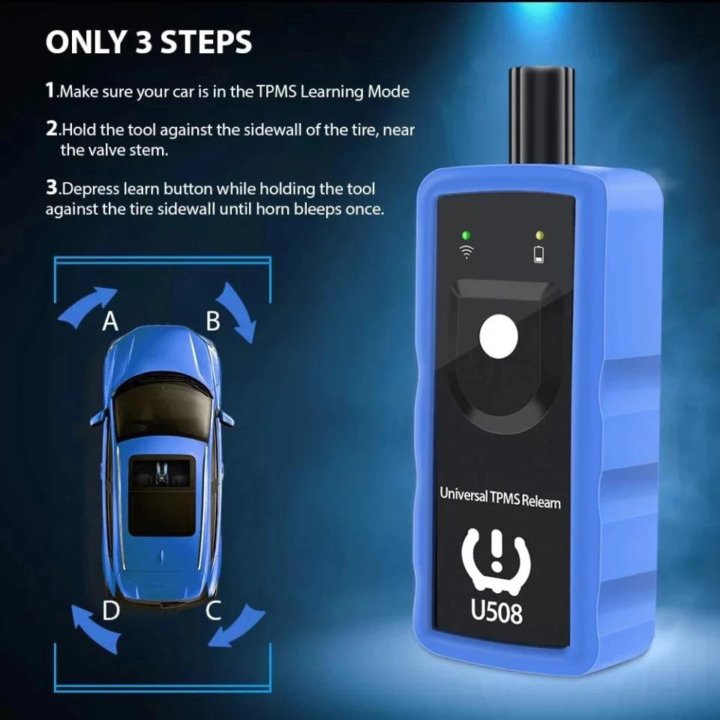 However, if your OBD2 scanner isn’t able to do so, you will need a separate device.
However, if your OBD2 scanner isn’t able to do so, you will need a separate device.
A TPMS Tool is a device by which a skilled automotive repair technician can diagnose and repair vehicles that have a faulty Tire Pressure Monitoring System [TPMS]. The TPMS Tool can activate and detect TPMS Sensors, communicate with the vehicle’s onboard computer system and direct the actions of the necessary service.
If the warning light is on then your first action should be to inflate your tyres. Once that possibility has been eliminated then a TPMS tool should be used to diagnose the fault. This is done by connecting the tool to vehicle OBD using a cable or BT connector. The tool should interrogate the vehicle ECU and report the applicable Diagnostic Trouble Code.
Following replacement of a broken or otherwise faulty sensor the vehicle is relearned using the TPMS tool and part of this process is to turn out the Warning light.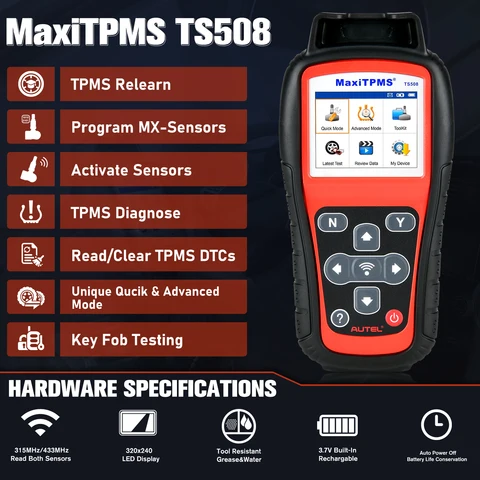
The make model and year of the vehicle are selected on the tool and this identifies the OE sensor which should be fitted to the vehicle. The TPMS tool can then transmit the correct Low Frequency (LF) wake up signal to the sensor and this wakes up the sensor which then acknowledges by transmitting a Radio Frequency (RF) signal.
The TPMS tool contains an RF antenna which receives the signal transmitted by the TPMS sensor. This data is normally transmitted at either 315MHz or 433MHz.The antenna and associated software and electronics should be able to differentiate between the sensor in front of the tool and other sensors in the vicinity. The tool software is used to decode the signal and extract data corresponding to the sensor ID, the pressure and temperature, battery condition and other data and display to the user as appropriate.
The tool needs to be able to communicate with the vehicle to diagnose a fault and also to relearn the new sensor ID and wheel position to the vehicle ECU and turn out the warning light.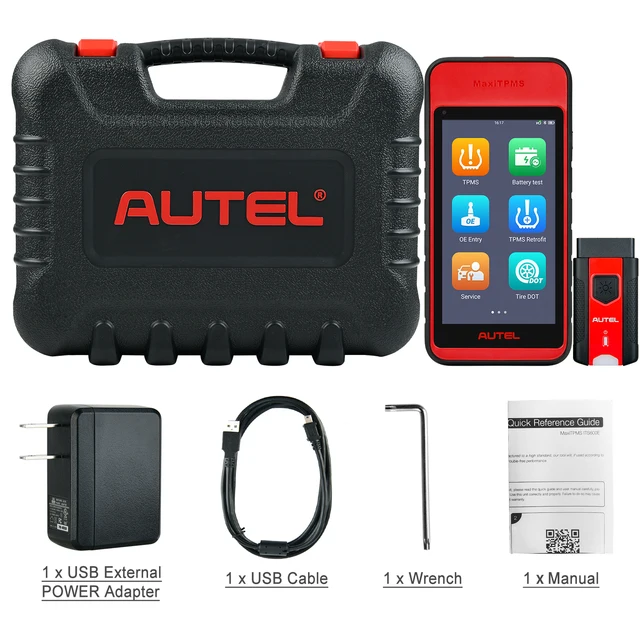 This is normally achieved by the tool communicating through an OBD cable between the tool and the vehicle. Recent designs of tools also communicate with Bluetooth enabled OBD devices.
This is normally achieved by the tool communicating through an OBD cable between the tool and the vehicle. Recent designs of tools also communicate with Bluetooth enabled OBD devices.
When a broken or faulty sensor is replaced as part of a repair then either an OE sensor or a universal programmable replacement sensor should be used. The tool needs to then write the ID and wheel position of the new sensor to the vehicle ECU which it does via the OBD.
No you should source a TPMS tool which works with all vehicles and OE sensors and also which works with all major universal programmable sensors.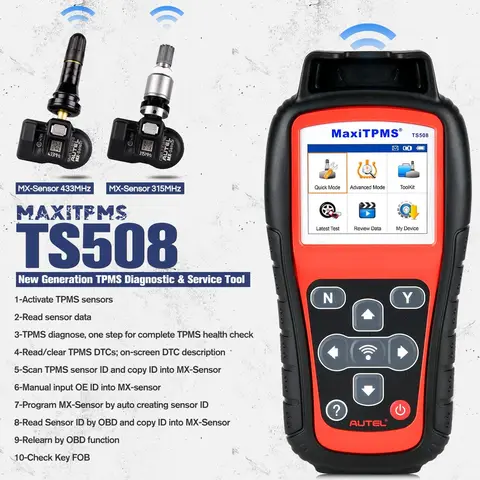
It may be that your tool does not have the required coverage for the vehicle you wish to work on. Against a background where new sensors are being continually being released, this may be because the tool has not been updated with the latest vehicles or TPMS sensors, so updating the tool is your first action.
If you are programming a universal replacement sensor it may be that the sensor does not cover the make, model and year of the sensor you are replacing. You should be able to establish this by searching on the tool.
Manufacturer : CGDI
Condition : New
CGsulit TPMS80 is a new generation TPMS diagnostic and programming tool, specially designed to activate all known TPMS TPMS sensor, checking TPMS system status, programming TS01 sensors, CGsulit TS01 sensor and running
TPMS Relearn. With the quick/advanced options, you can save time and energy by choosing the best way to shut down TPMS. nine0006
With the quick/advanced options, you can save time and energy by choosing the best way to shut down TPMS. nine0006
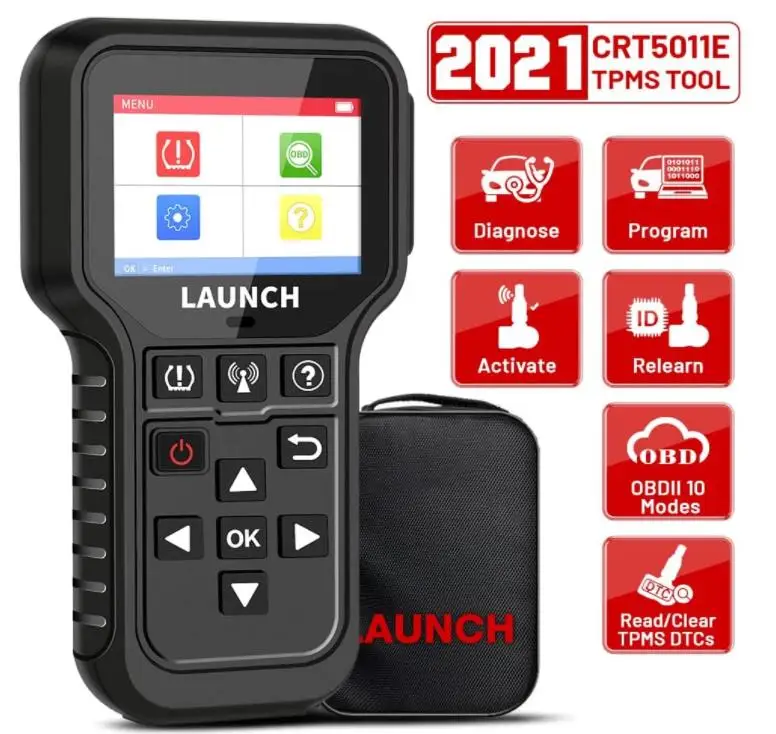
Note.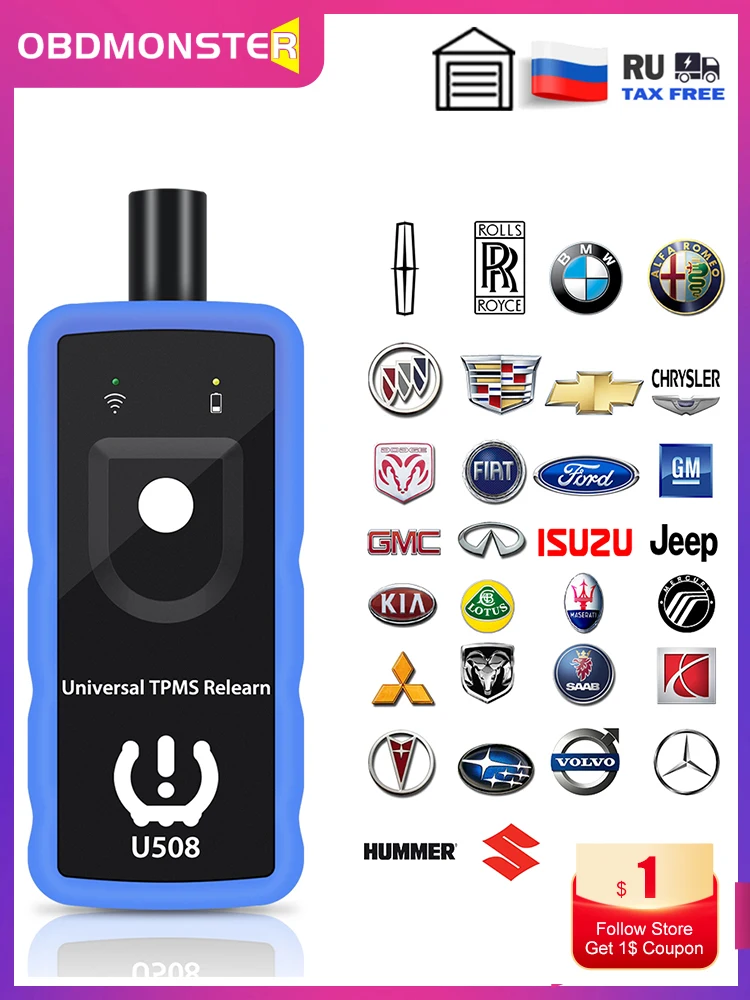 Multilingual menu.
Multilingual menu.
CGsulit TPMS80 comes with a multilingual menu. To change the default English menu, please send us the serial number (12 digits on the back of the product) for language authorization.
CGsulit TPMS80 TPMS Relearn Tool can relearn all known sensors (both OEM and aftermarket) on TPMS enabled vehicles (American, European and Asian) for vehicle ECU. It can perform 3 ways to relearn TPMS sensors:
CGsulit TPMS80 Sensor Programming Tool TPMS can program all CGsulit TS01 sensors, both 315MHz and 433MHz, to replace broken sensors.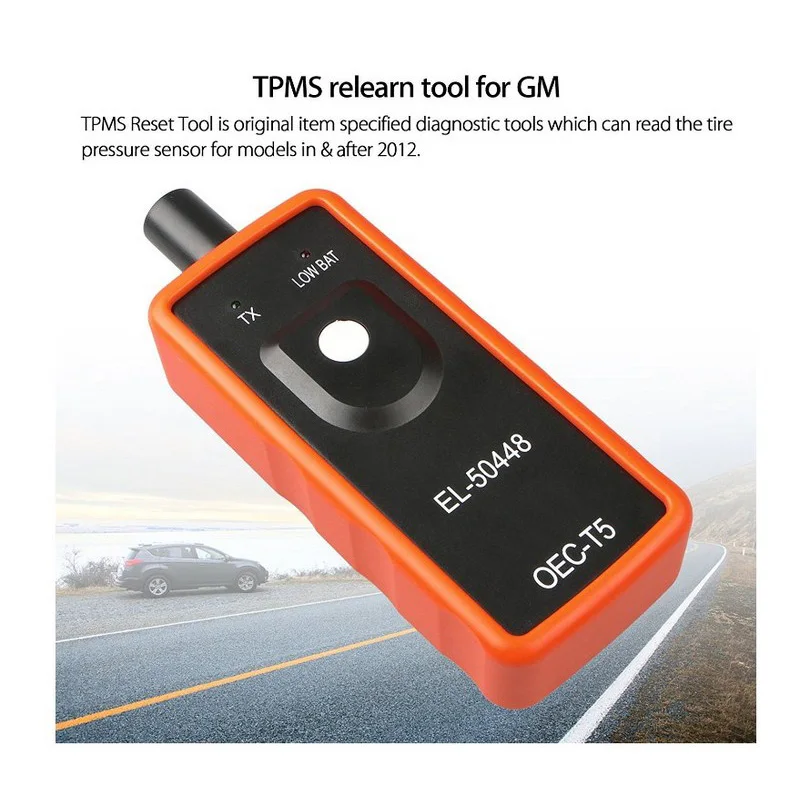 TPMS80 has 4 programming modes for CGsulit TS01 sensors:
TPMS80 has 4 programming modes for CGsulit TS01 sensors:
Note:
CGsulit TPMS80 can program CGsulit TS01 sensors and Autel MX sensors, does NOT program OEM sensors.
CGsulit TPMS80 TPMS activation tool can activate all known TPMS sensors (both OEM and aftermarket sensors) to view sensor data such as sensor ID , tire pressure, tire temperature, battery level, sensor position, etc.
With the unique function of TPMS Status Screen, CGsulit TPMS80 Reset Tool can diagnose the TPMS system to read and clear TPMS DTCs, view detailed description of DTCs, read ECU sensor ID and test conditions for matching sensor ID and ECU ID to check the status of all TPMS sensors.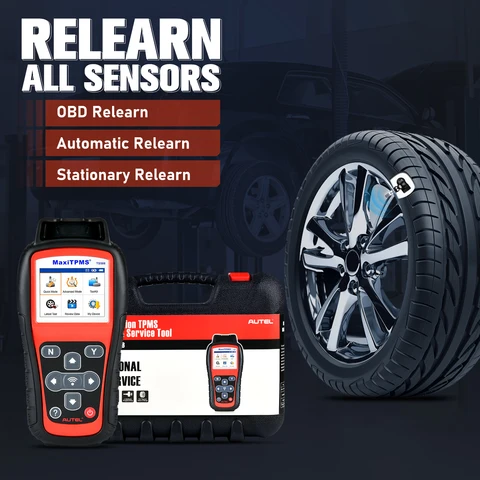 Find faulty sensors quickly and easily and fix them. nine0010
Find faulty sensors quickly and easily and fix them. nine0010
The TPMS80 diagnostic tool comes with LIFETIME software updates to ensure you always get the latest bug fixes, vehicle coverage and functionality. It also allows you to view stored TPMS DTCs, tire type and pressure information and print them out via PC for further analysis.
Technology in vehicles is constantly improving and changing as cars get smarter. As always, new technologies bring more possibilities, and TPMS is no exception. There are several types of TPMS sensors, and deciding which one is right for your business starts with a good understanding of each. nine0006
Below is an explanation of what we all understand - MUSIC!
When you listen to your favorite streaming service, you have any song you want, when you want it. You don't have to buy a whole collection of music to have that song at any given time. Likewise, when using a programmable sensor, protocols can be downloaded and you can choose which app you want when you need it. You always have the right Sensor at your fingertips. nine0006
You don't have to buy a whole collection of music to have that song at any given time. Likewise, when using a programmable sensor, protocols can be downloaded and you can choose which app you want when you need it. You always have the right Sensor at your fingertips. nine0006
Advantages
Disadvantages 9000 9000
We used to have music on demand, we had mixtapes. You could choose your favorite songs and collect them on one tape. You save multiple mixed tapes as you develop new songs, so you'll still have the right mix when you want it. If you need a specific song, you play the entire mixtape. Multi-protocol sensors are similar in many ways. Each Sensor has a set of the most commonly used automotive applications.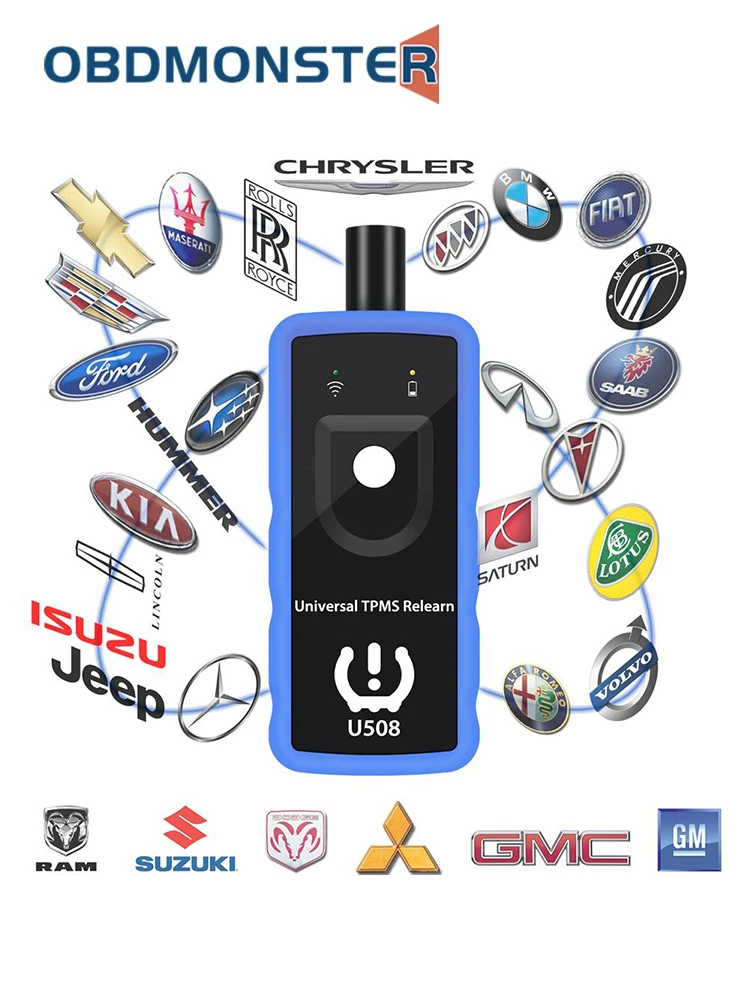 You keep a collection of different sensors with multiple protocols so you have the right Sensor when you need it. nine0006
You keep a collection of different sensors with multiple protocols so you have the right Sensor when you need it. nine0006
Benefits
Defects
The jukebox is like a mixing tape, only you can select one particular song you want to listen to. Selectable Sensor has protocols preloaded and you choose which vehicle application you want to use. You have a selection of sensors to choose from so you have the right app when you need it.
Benefits
Disadvantages
